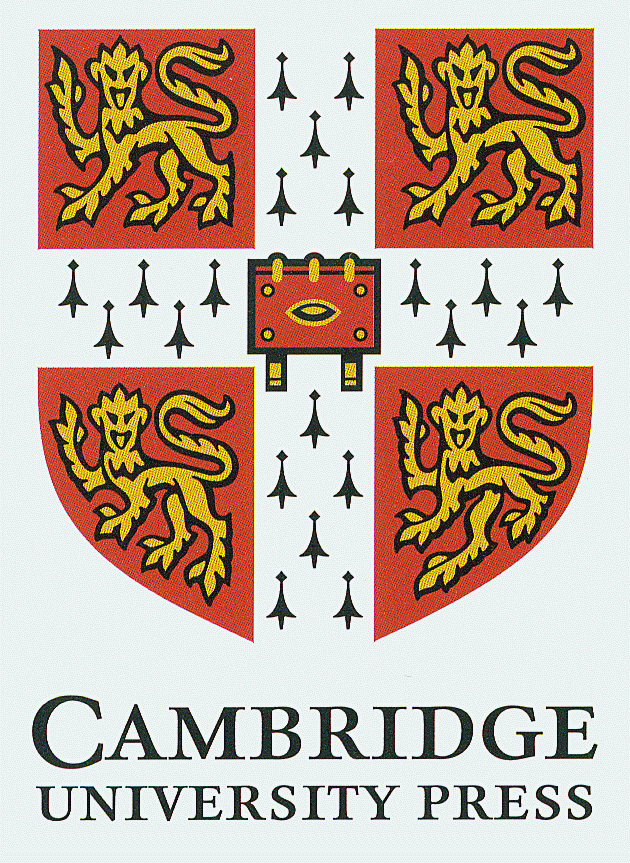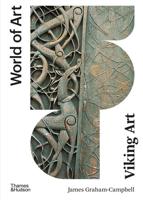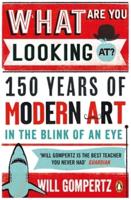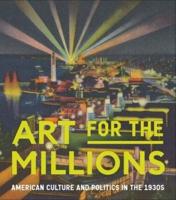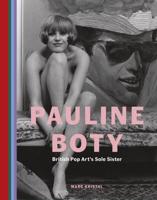Publisher's Synopsis
This book provides a reassessment of the work of the eighteenth-century French painter, Jean-Baptiste Greuze, and reconstructs the wider movement in French painting of which he was the leading figure. Drawing on a wide range of contemporary sources, from literature and philosophy to political economy and medical discourse, it offers new interpretations of Greuze's work that help to account for the extraordinary popularity and high reputation that he enjoyed in his own lifetime. It shows that the scenes of family life that he exhibited in the Paris Salon between 1755 and 1769 exemplified and promoted an enlightened social vision. It also charts the subsequent evolution of Greuze's imagery, as he shifted towards darker and more sensational scenes of family conflict, and argues that the more challenging aspects of his vision were toned down by younger artists, who appropriated the painting of sentiment to serve a more conservative agenda.

